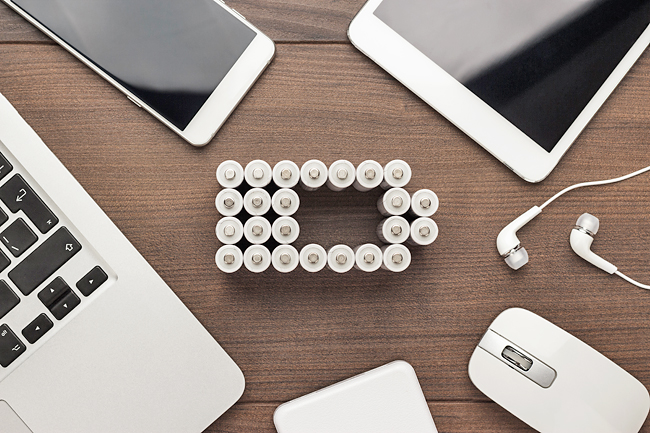Heather Kelly & Chris Velazco
THE WASHINGTON POST – Who doesn’t enjoy getting their hands on the newest technology? The latest Tesla, the fastest Mac computer, baby monitors with night vision.
The cutting-edge features are enticing, but buying too much can harm the environment and our future. So how do you love your smartphone and the planet at the same time?
You don’t need to give up your devices, but you should think about how you upgrade, charge and dispose of them. We’ve gathered some of the best Help Desk advice for anyone trying to do their individual best against a systemic problem.
DON’T REPLACE IT, FIX IT
Your daily technology usage doesn’t have as much of an impact on the environment as the original manufacturing process. That means the best thing you can do is to avoid buying new gadgets as long as possible. One of the most common ways to extend their life is swapping out a battery.
“Never throw anything away because the battery’s not working,” said CEO of consumer rights site iFixit Kyle Wiens.

All old batteries lose their ability to hold a charge over time, which can also make devices run slower. If your device isn’t built to let you easily swap in a new battery, look on the manufacturer’s website or online for instructions on how to replace it yourself. You can also use a third-party repair shop or go back to the manufacturer and pay them to replace the battery. For example, a new iPhone battery can cost USD69 to USD99 at the Apple Store.
You can, with the right guidance or experts, fix other problems from broken screens and keyboards to more advanced internal parts.
To find out if you need a new smartphone or if your existing device still has more life in it, take this quiz for tips on how to make it work better.
THROW IT AWAY THE RIGHT WAY
If you have a gadget that has truly reached the end of its life, it’s okay to get it out of your home. But don’t just drop an old device in a trash can. Many devices are packed with components containing rare metals that are difficult to reclaim once they’ve made their way to the landfill. They may have chemicals in them that can leach into the earth and pose health or fire dangers.
Instead you can try selling your old device on a site like eBay or Gazelle. If you’re upgrading to a newer version, most companies will offer a trade-in option that comes with a slight discount.
If it’s unusable, unfixable and unwanted by anyone else, you can responsibly recycle electronics. Some cities offer official electronics recycling as a service, and often the original manufacturer will take it back to use for parts.
Some stores will recycle up to three electronics a day per household. The electronics chain also offers mail-in and pickup options. Alternatively, you can take them to the nearest electronics recycling centre.
BUY USED AND REFURBISHED INSTEAD OF NEW
Refurbished technology is nothing to be afraid of, especially when it’s being sold directly by the manufacturer. Look for refurbished versions of new devices you want to buy – these may have been returned or had some minor issue fixed, and they’re usually covered by a good warranty.
Used devices are another Earth-saving path. Look for the last version of a popular device being sold on the same secondhand sites, instead of dropping more money for the newest option.
You can also rent a device from an online service, which is a solid option if you’re on the fence about buying something like a new drone.
DON’T FALL FOR SINGLE-USE GADGETS
Stroll through a Best Buy or scroll through Amazon and you’ll find a device for every niche need. Avoid buying products that only have one use.
“These single-purpose technologies are catastrophically awful,” said Wiens.
Channel your inner hacker, use products you already have or find other workarounds. For example, instead of a baby monitor, consider using your cameras and smartphones to keep an eye on a newborn. There are a million white-noise machines, but any smartphone or wireless speaker can make the same soothing sounds. Alarm clock? Use your phone.
Camera? Use your phone. Printer? Use the one at work.
Wiens also suggests skipping gadgets like smart TVs that can quickly become obsolete. Instead, opt for a “dumb” TV and an external device like an Apple TV, Amazon Fire stick or a Roku.
USE LESS POWER
To keep your batteries working longer, charge your devices properly. On a smartphone, wait until it’s down to 20 per cent power, unplug it once it’s fully charged and keep your device from getting too hot.
While most devices go into a low-power or sleep mode when not in use, they still draw electricity. Try plugging multiple power cords into a power strip so you can easily shut it off when you leave home for the day.





